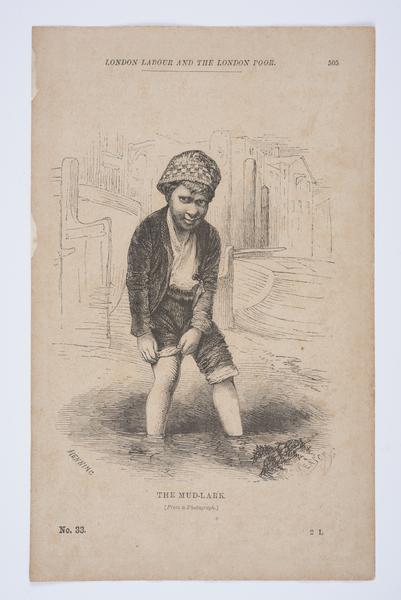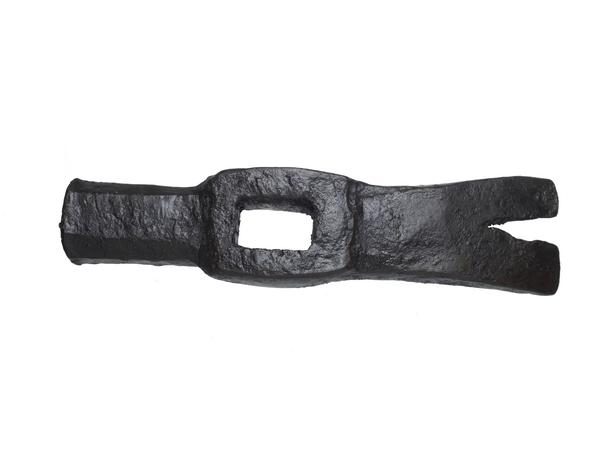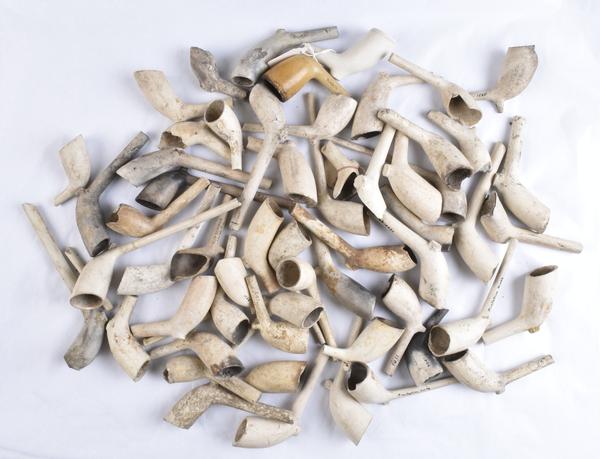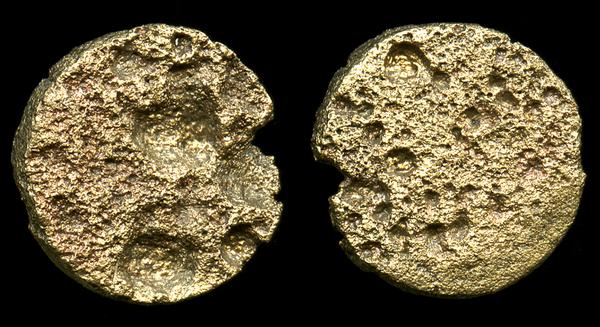05 September 2025 — By Shruti Chakraborty
What does a Finds Liaison Officer do?
When mudlarks find something historical on the foreshore, they must bring it to the Finds Liaison Officer at London Museum.
For most Thames mudlarks, the foreshore is likely to be their favourite spot. A basement office in the London Museum building, where the Portable Antiquities Scheme (PAS) Finds Liaison Officer Stuart Wyatt sits, might come a strong second.
“My job is to assess and record artefacts from the members of the public – that’s mudlarks, metal detectorists, builders and people in allotments, etc… and put them on the PAS website,” says Stuart.
When mudlarks find something historical on the foreshore, they must bring it to the Finds Liaison Officer, or FLO. In the case of the Greater London area, that’s Stuart. “There’s one of me in every county,” he quips.
“There are about a million objects on the PAS database, and 12,000–14,000 are from London alone”
What is the Portable Antiquities Scheme?
PAS is a voluntary scheme to record archaeological objects found by the public in England and Wales. This includes objects more than 300 years old or of significant historical interest.
Records are made available on a searchable online database by object type, period and find location that’s free and accessible to all.
To clarify, the mudlarks don’t meet the FLO at his desk, but on monthly Finds Days at London Museum. The objects that need to be recorded are taken back to ‘Stuart’s desk’ for further research.

Mudlark Monika Buttling Smith searching the Thames foreshore.
Working as the Finds Liaison Officer
To create the records, Stuart photographs, weighs, measures and researches the objects that meet the PAS criteria.
“There are about a million objects on the PAS database, and 12,000–14,000 are from London alone,” says Stuart. He corresponds and meets with 30–40 people a month, recording 600–900 finds annually.
“One of the best parts of this job is researching the objects.” He helps identify and contextualise objects mudlarks might not recognise. Many mudlarks do a significant amount of research themselves.
Research and archaeological interest were what brought Stuart into the job. A professional photographer, Stuart would often mudlark en route to work about 20 years back. In 2015, he began volunteering with PAS. He went on to become an Arts Scholars intern, and finally started as the FLO for London in 2017.
While many FLOs are archaeologists, it’s not mandatory. “It’s a hands-on job,” says Stuart, and one has to have “the ability to visualise a whole object from a fragment”.
“Every month, a new object is placed on his desk for visitors to find out about”
The ordinary and extraordinary
“A lot of these aren’t special objects. They’re everyday objects that often get overlooked historically and archaeologically,” says Stuart.
Occasionally, there’s something extraordinary. Like the memento mori bead Caroline Nunneley found in 2021, or two parts of the same sundial that were brought to him eight years apart, by different mudlarks. In 2015, a rare Victoria Cross medal was discovered on the Thames foreshore, as were five Wimbledon medals stolen from US tennis champion Peter Fleming. And in 2018, a mudlark discovered part of a Neolithic skull, some of the oldest human remains ever found there.
In the above video, Stuart discusses an interesting recent find: a Roman coin (193–211CE) minted in the eastern end of the Roman empire, Turkey (then, Cappadocia), which was found on the Thames shore in London, at the western extremity.

Finds Liaison Officer Stuart Wyatt with his recreated desk at the Secrets of the Thames exhibition. Every month, a different object is displayed.
Object of the month on Stuart’s Desk
Stuart’s Desk has been recreated at the ongoing Secrets of the Thames exhibition at London Museum Docklands. It looks exactly as it is in the London Museum basement.
“It’s a messy desk,” says Stuart. “I have my finds cupboard, which contains all the artefacts people bring in. They’re typically stored in boxes by month, since there are monthly meetings with people."
You can see his books, his photographic setup and a nod to the people who came before him, interacting with the mudlarking community over the past 40 years.
And every month, a new object is placed on his desk for visitors to find out about, just like people would bring different objects for assessment.
The first month featured an early 17th-century north Italian marbled ware costrel from the east London foreshore. “Designed to carry liquids, these…are a form of standing costrel or ‘pilgrim flask’. These vessels probably made their way from Italy via Spain and then the Netherlands,” says Stuart.
We then featured a 16th-century leather wrist guard. This would have been worn by archers, decorated with embossed scallops and is similar to the ones worn by bowmen on the Mary Rose, King Henry VIII’s ship.

A 16th-century leather wrist guard that was previously on display in the exhibition. What do you think is on display now?
July 2025 trained the spotlight on two glazed ceramic decorative floor tiles dating back to 1300s–1400s. The lost tiles were imported from Normandy, France, and would have been meant for an abbey, cathedral or a wealthy person’s house.
In the upcoming months, some of the objects on rotation will include a Bronze Age knife, a huge piece of whale bone carved with initials, and an ointment pot with its contents still in place.
You can come see these objects at Stuart’s recreated desk at the Secrets of the Thames exhibition at London Museum Docklands.
Shruti Chakraborty is Digital Editor (Content) at London Museum.
Please note that you must have a permit from the PLA to go mudlarking on the Thames foreshore.


















